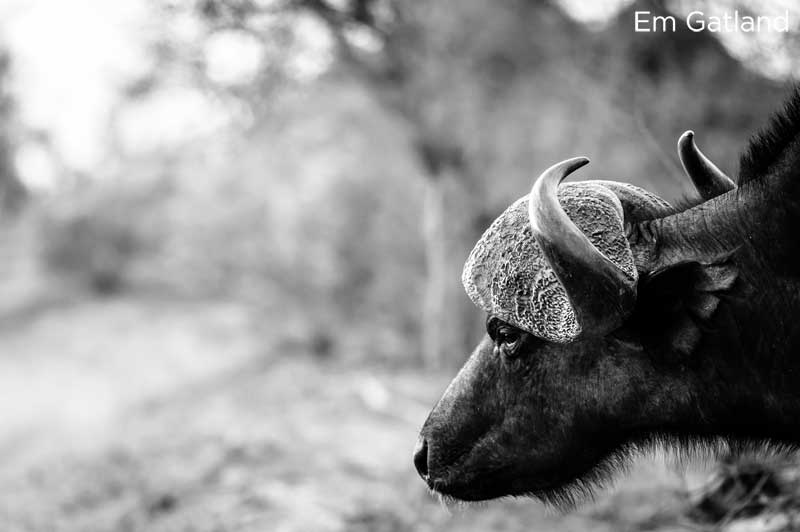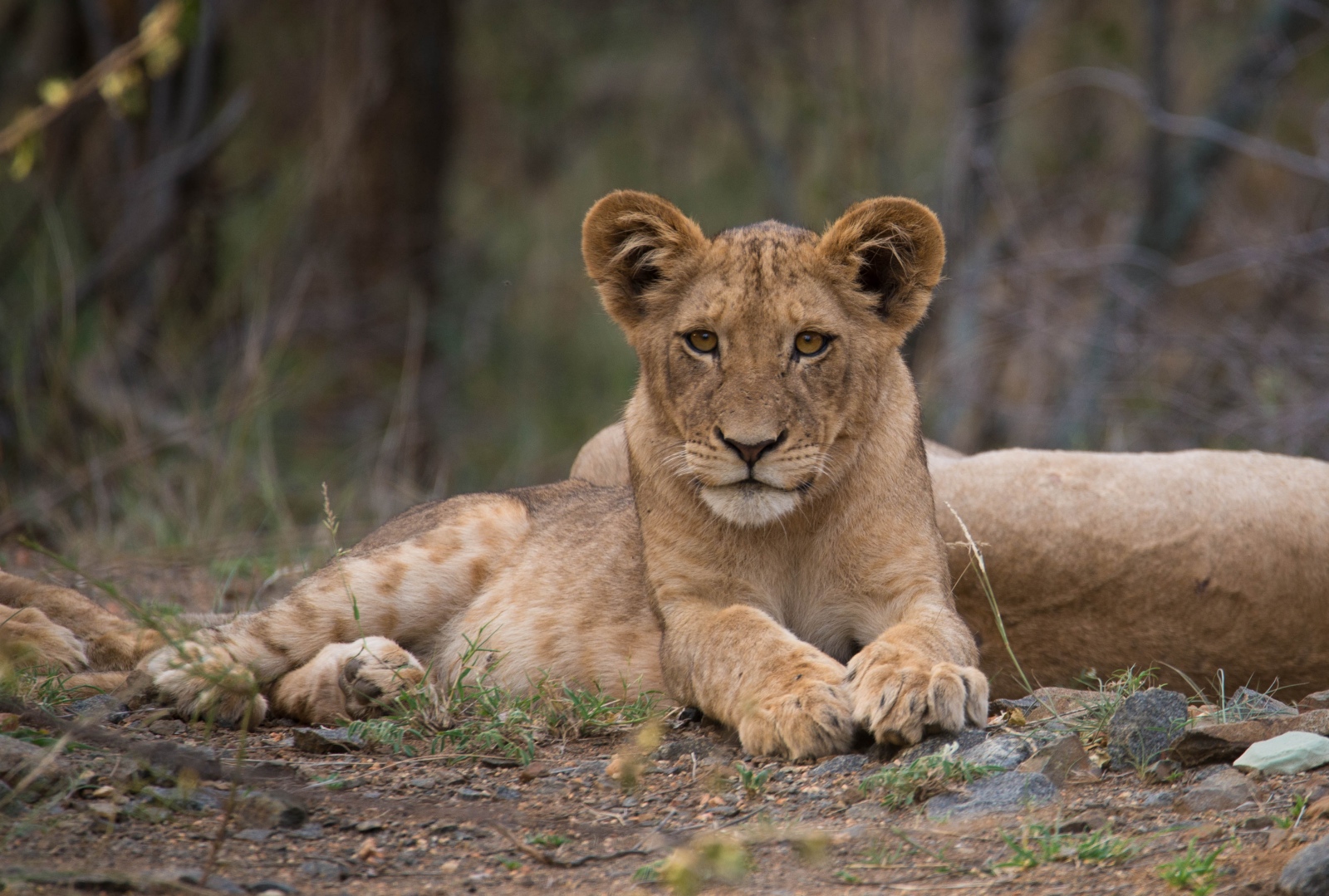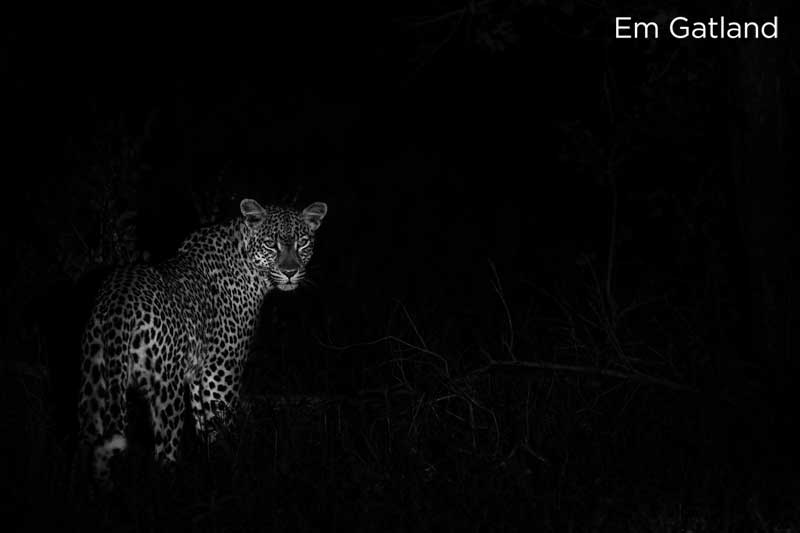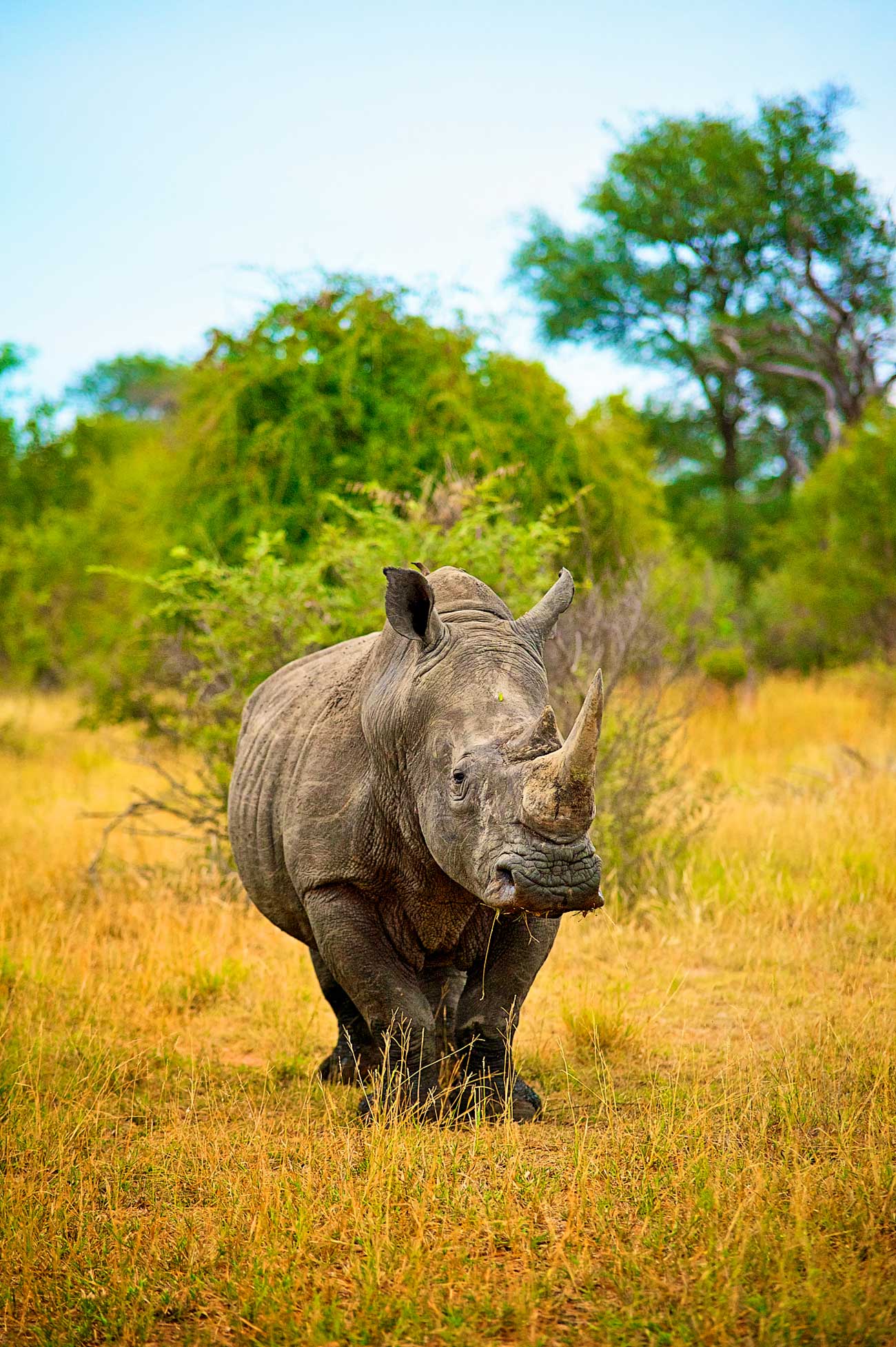The Swahili word for journey is “safari”. The word is derived from ancient Arabic and loosely translated means “to travel”. The word safari is associated with Africa and conjures up images of a bushveld sojourn in remote areas tracking wildlife and rare moments that don’t make the guidebooks. Discovering the big five is part of the safari experience. These animals are probably the most well-documented group of wildlife in Africa and are arguably the most popular animals to spot while out on game drive. Of course, we always encourage our eager safari goers to relish in any opportunity to research and get excited about all the other rare birds and beasts dwelling in the wild.
The big five is actually an old term to have emerged from a bygone era when hunting big game was the norm. The big five proved to be the most difficult of all the hunt while on foot and also the most dangerous. The term has since evolved to mean something far less notorious and is commonly used in reference to safari holidays in Africa. We thought we’d furnish our readers with a fact about each of the big five – just so that you know before you go!
Here are 5 facts about Africa’s big 5 animals.
Buffalo: Revengeful and Obstinate
Buffalo look similar to cows, but they’re far from the gentle giant bovids we perceive them to be. Buffalo give little indication about their mood and don’t give any warning signs before stampeding. They have steely glare that makes them look like they are part of the Mafia and will win any stare down competition. Don’t be surprised if the entire herd stares at you while you’re taking a photo. However, the herds aren’t the ones to be feared. The most dangerous of all are the older bulls that have been ousted from the herd. They’re moody, insecure and prone to bad moods. Buffalo kill more people in Africa than any of the other big five.

Elephants: Emotional and Protective
Elephants are highly emotive and intelligent animals. They remember and process pain, death and happy events. They often visit grave sites of fallen giants to pay their respects, and there’s plenty of joyous trumpeting when there’s a birth. Elephants are raised in matriarchal herds, which means they enjoy the protection of the herd. Herds comprise related females and their young, and all the females take turns in looking after and mothering the young calves.

Lions: Powerful and Regal
Lions live in prides made up of females and their young. Male coalitions tend to rule over the pride but most of their time is spent warding off intruders and young males attempting to invade their territory. It’s not often you see the kings with their pride – they have turf to protect. When young male lions reach 2-3 years of age they are ousted from their pride and expected to fend for themselves.
Bachelor males will form tight coalitions, many of which are actually brothers. They will find new land to take over and attempt to conquer prides. This is why you will often spot lone male lions moving through reserves. They’re in search of a dynasty and potential kingdom!

Leopards: Elusive and Majestic
Leopards move through the busveld with stealth, grace and ease. They’re light on their feet and barely a crunch is heard when they’re moving through territory. It’s rare to see these rosette patterned cats keeping company with other leopards. Unlike lions, they’re not pride orientated. Leopards are notoriously aloof and are normally only see together when mating, or if it’s a mother with her cub/s.
They spend plenty of time high up in trees or hiding out in drainage lines. The next time you’re trundling through the bushveld in a game viewer – look up!

Rhinos: Endangered and Mysterious
Our prehistoric rhinos are critically endangered and daily we’re hearing about crashes of rhino meeting their untimely fate at the hands of poachers. These strange looking ungulates are facing a rapid decline with regards to their numbers. Sightings in the wild need to be celebrated, but not shared and location tagged on social media.
We have two types of rhino – the black and the white. The black rhino is far more aggressive than the white rhino and has a narrower lip which is used for browsing. White rhinos are grazers and have a wider mouth utilised for grazing on grasses.


